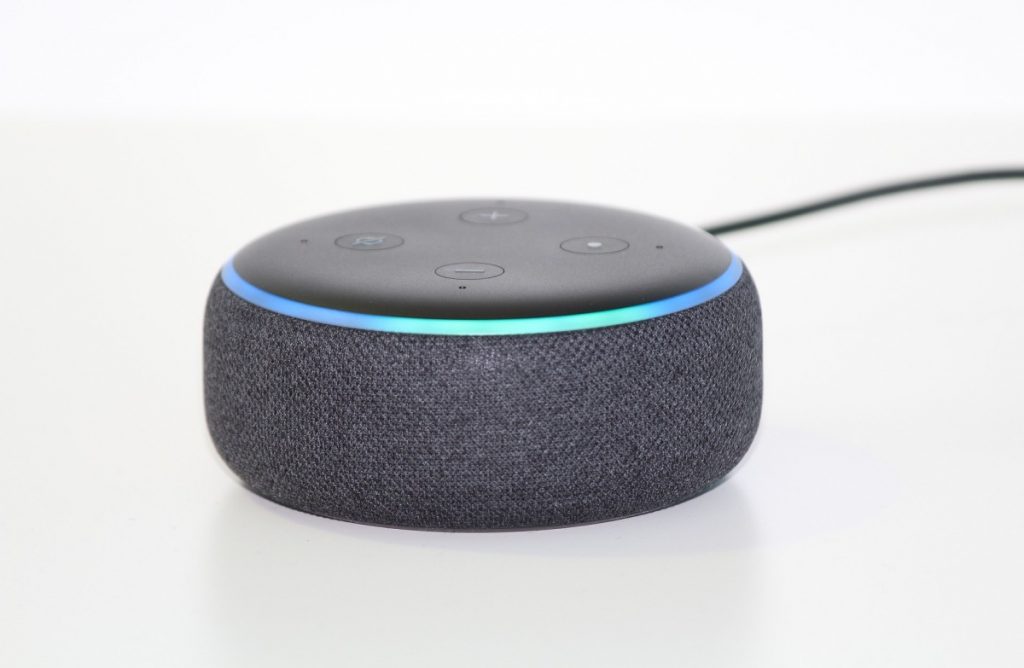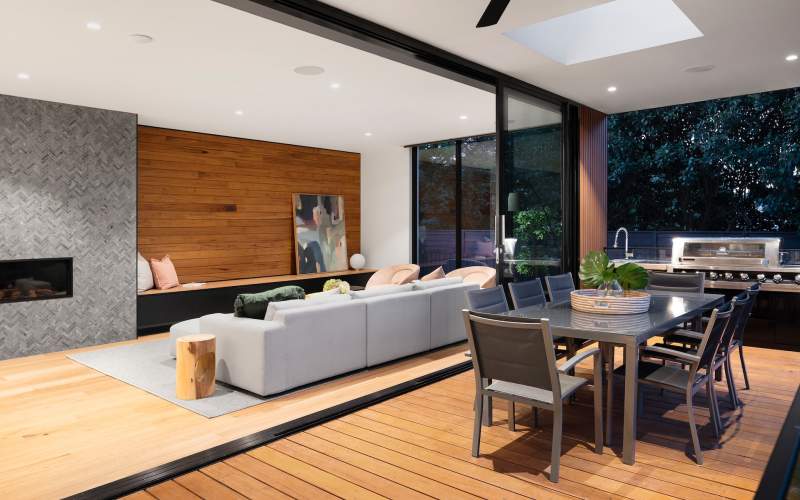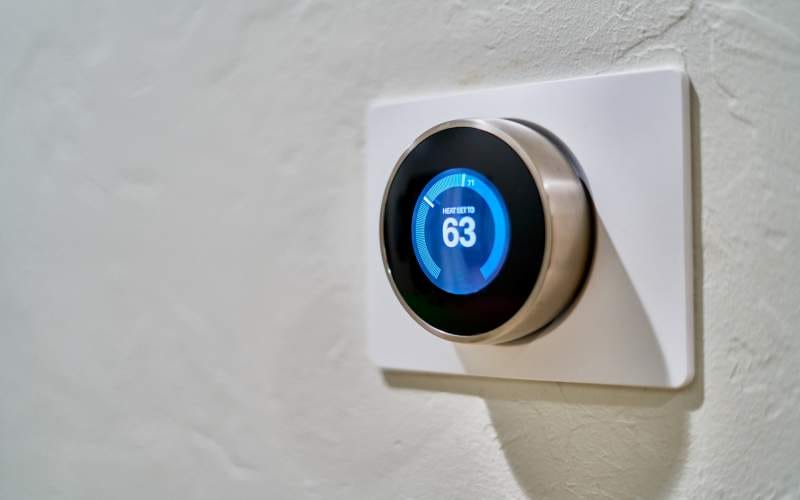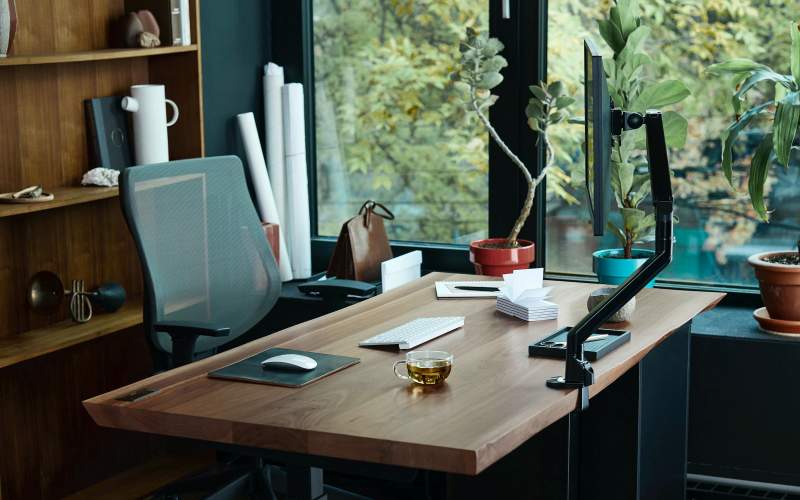As a young kid, you probably wondered what houses would look like when you grew up. Perhaps you watched The Jetsons or Back to the Future II and saw how people from the past imagined a futuristic home.
Well, guess what, the future is now here! With technological advancements and design innovations, the recent years have been an exciting time for both architecture and interior design.
Here are some trends that we see coming in the near future:
Alternative Architecture and Interior Design
Cookie-cutter homes are on their way out. Bespoke design is the new trend. The futuristic style puts a premium on originality and uniqueness. Dynamism and fluidity are two of its important characteristics. The style generates rhythm and sense of movement through shapes and colors. The preference for vivid color schemes over subdued hues is another aspect of a futuristic home.
Rooftop Solar Panels
People are increasingly turning to solar panels as a way to reduce their carbon footprint, save money on electricity, and become energy independent. It also gives you the opportunity to sell back power to the grid so it practically pays for itself. Moreover, solar panels have become more affordable, so we can expect to see more of them on rooftops in the years to come.
Eco-friendly Building Materials for the Futuristic Home
Futuristic homes tend to be “green.” Many construction companies and designers now choose building materials that are environmentally friendly and easily renewable. Bamboo is fast becoming more popular as a construction material. Richlite, a wood-like material made from recycled paper, has been a staple in modular homes, but is now finding its way into traditional houses.
Smart Home Systems
A smart home system is mainly what makes a home futuristic. It is a setup where devices and appliances are controlled remotely through an internet connection. Thermostats, security systems, lights, and audiovisual entertainment systems are some of the devices which can be part of the Internet of Things technology. The system offers convenience as well as cost savings to homeowners.
 Although complete home automation may cost hundreds of dollars, smaller, more affordable individual components can get you started with smart home technology. In the next few years, we can expect more homes having smart home systems as the technology develops and becomes more affordable.
Although complete home automation may cost hundreds of dollars, smaller, more affordable individual components can get you started with smart home technology. In the next few years, we can expect more homes having smart home systems as the technology develops and becomes more affordable.
Transparencies

Another growing trend is the use of transparent surfaces. Designers and architects favor natural light, which energizes spaces and allows you to save on electricity. Letting the morning sunlight into your home also gives you a much-needed dose of vitamin D.
Also, glass and other transparent materials make an area seem more spacious. They separate spaces but still make them seem connected. For instance, a transparent wall can give a kitchen an “open concept” feel when it is actually quite different.
Additionally, “smart glass” is becoming more widely used. It lets you adjust the tint of the glass using a remote control, allowing you to control the amount of natural light entering your space.
Advanced Security Systems
More homes will be installed with advanced security features such as surveillance systems, motion sensors, credential scanning, etc. Home security systems and remote-control cameras will be standard features in average homes. Upscale properties will be equipped with automatic lockdown systems that are capable of immediately locking down all entry points and windows.
Alternative Heating Systems

More homes are switching from standard hot air circulating heating systems to cleaner and more efficient alternatives. Some of these new heating options include rocket mass heater, solar-heating system, and hydronic radiant floor heaters.
Combined heat and power (CHP) or cogeneration is being explored in some countries. The main idea is to use a small generator to partially meet the electrical needs of the home while recovering waste heat. It’s not widely accessible yet, but it might be a feature in futuristic homes in the next few years.
Home Offices

The recent pandemic has made working from home a new normal. Although many employees returned to their traditional workplaces after the pandemic restrictions were lifted, some of them have made arrangements with their employers to work remotely at least part-time.
Thanks to the internet, employees can now enjoy the perks of working from home, like not having to commute or drive to work, thus saving time and money. However, it has its challenges such as managing household distractions in order to focus on work. That is why home offices are becoming more commonplace nowadays.
Built-In Storage
For centuries, homeowners filled empty spaces in their homes with storage furniture like cabinets, armoires, and drawers. In recent years, the trend is maximizing floor space by doing away with those clunky pieces of furniture and building storage spaces into different parts of the house. Some examples of built-in storage spaces are retractable storage shelves, stair drawers, and closets under the stairs.
Home Fitness Gyms
As more people are becoming conscious about their health, we’ll see more fitness-related features incorporated into home construction. Gym equipment will have its own floor space. Stationary bikes, treadmills, and other exercise machines will be part of the interior design plan in some homes.
As technology advances and new ideas are introduced in architecture and interior design, our concept of a futuristic home will continue to evolve. Ultimately, the goal of these innovations is to make homes more comfortable, functional, convenient, and eco-friendly.
If you’re looking to give your home a futuristic touch or just want to keep your home updated and fresh, do give us a call. We’ll bring the home of your dreams to reality.





